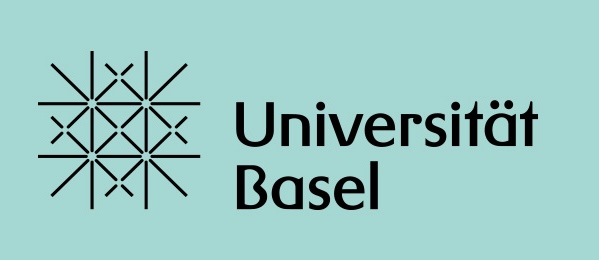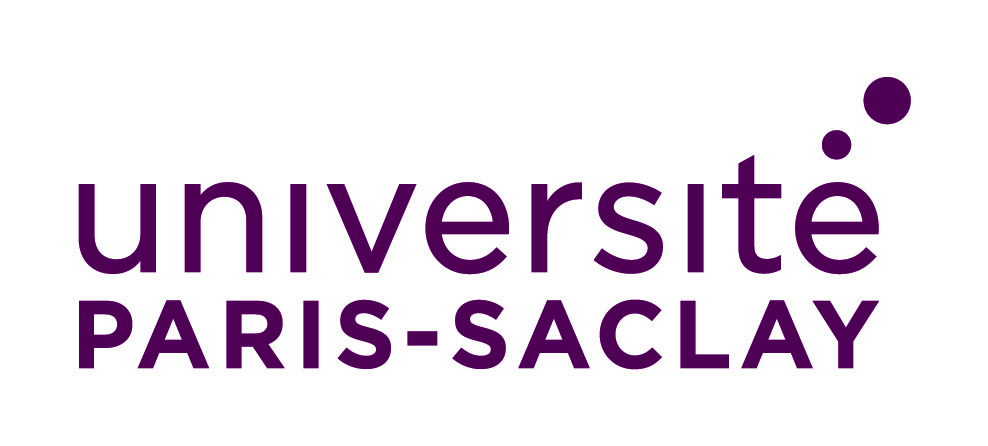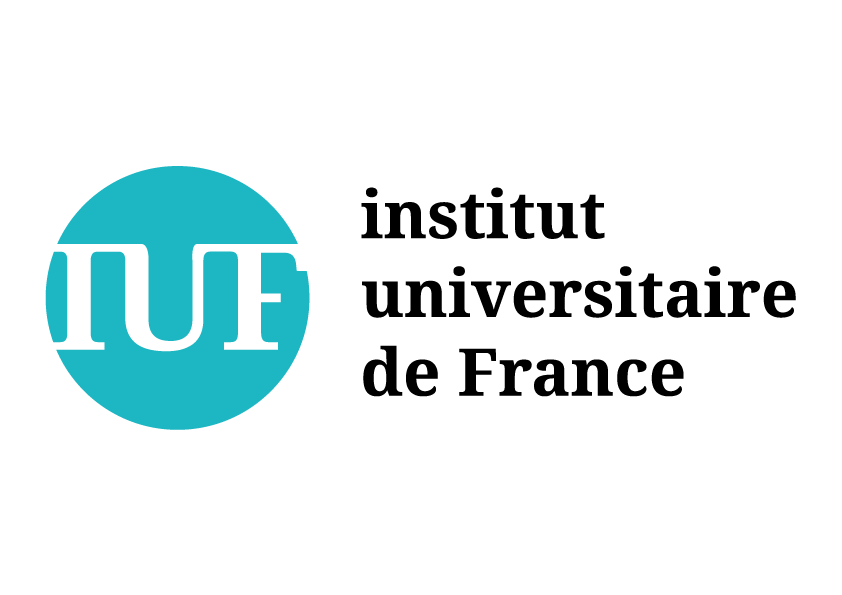Preprints
d R. Terpereau: Real forms of Mori fiber spaces with many symmetries [arxiv] accepted in Ann. della Sc. Norm. Sup. di Pisa, Classe di Scienze
Published articles
- Explicit Sarkisov program for regular surfaces over arbitrary fields and applications (with Fabio Bernasconi, Andrea Fanelli and Julia Schneider) accepted in Mem. of the EMS [pdf]
- S. Zimmermann an
- Maximal subgroups in the Cremona groups (with Andrea Fanelli and Enrica Floris ) [pdf] (11/2023), Comp. Math., Vol.161, Issue 9, 2442 - 2460
- Survey on normal subgroups of Cremona groups [pdf] (06/2023)
- Birational involutions of the real projective plane (with Ivan Cheltsov, Frédéric Mangolte and Egor Yasinsky)
[pdf] (07/2022), to appear in JEMS
- Properties of the Cremona group endowed with the Euclidean topology (with Hannah Bergner)
[pdf] Bull. of the Lond. Math. Soc., vol. 55 (2023), issue 4, 1817-1836.
- Factorization centers in dimension two and the Grothendieck ring of varieties (with Hsueh-Yung Lin and Evgeny Shinder), to appear in Algebraic Geometry [pdf]
- Small G-varieties (with Hanspeter Kraft and Andriy Regeta) to appear in Canadian J. of Math., 2024; 76(1), 173-215. [pdf][official page]
- A remark on Geiser involutions, Special New Zealand volume, Europ. J. of Math, 2022 [pdf] [official link]
- Bijective Cremona transformations of the plane (with Shamil Asgarli, Kuan-Wen Lai and Masahiro Nakahara), Selecta Math. New Ser. 28, 53 (2022)[pdf]
- Algebraic subgroups of the plane Cremona group over a perfect field (with Julia Schneider)
EpiGA, vol. 5
(2021), no. 14
[pdf]
- Continuous automorphisms of Cremona groups (with Christian Urech)
Int. J. of Math., vol. 32, no.4 (2021)
[pdf]
- Quotients of higher dimensional Cremona groups (with J. Blanc and S. Lamy)
Acta Math. Vol. 226, No. 2 (2021), pp. 211-318 [pdf]
- The real plane Cremona group is a non-trivial amalgam
Annales de l'Institut Fourier, Volume 71 (2021) no. 3, pp. 1023-1045 [pdf]
-
Signature morphisms from the Cremona group over a non-closed field (with S. Lamy)
J. Eur. Math. Soc. 22 (2020), 3133-3173 [pdf]
-
A new presentation of the plane Cremona group (with C. Urech)
Proceedings of the AMS, vol. 147, no. 7 (2019) 2741-2755.
[pdf]
- The decomposition groups of plane conics and plane rational cubics (with T. Ducat and I. Heden)
Math. Res. Lett., 26(1) (2019), 35-52
[pdf]
- Infinite algebraic subgroups of the real Cremona group (with M. F. Robayo)
Osaka J. of Math., vol.55, no.4 (2018), 681-712
[pdf]
- The abelianisation of the real Cremona group
Duke Math. J. vol. 167, no.2 (2018), 211-267 [pdf]
- Topological simplicity of the Cremona groups (with J. Blanc)
Amer. J. Math. 140 (2018), no. 5, 1297-1309 [pdf]
- The decomposition group of a line (with I. Heden)
Proc. Amer. Math. Soc. 145 (2017), no. 9, 3665-3680
[pdf]
- The Cremona group is compactly presented
J. London Math. Soc. 93, no. 1 (2016), 25-46[pdf] [official page]
|
Thesis
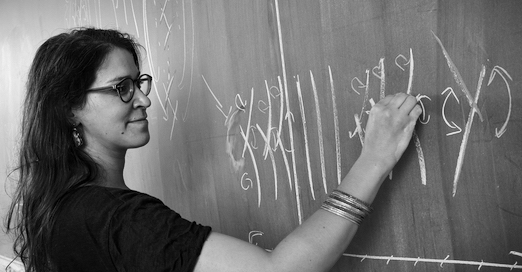
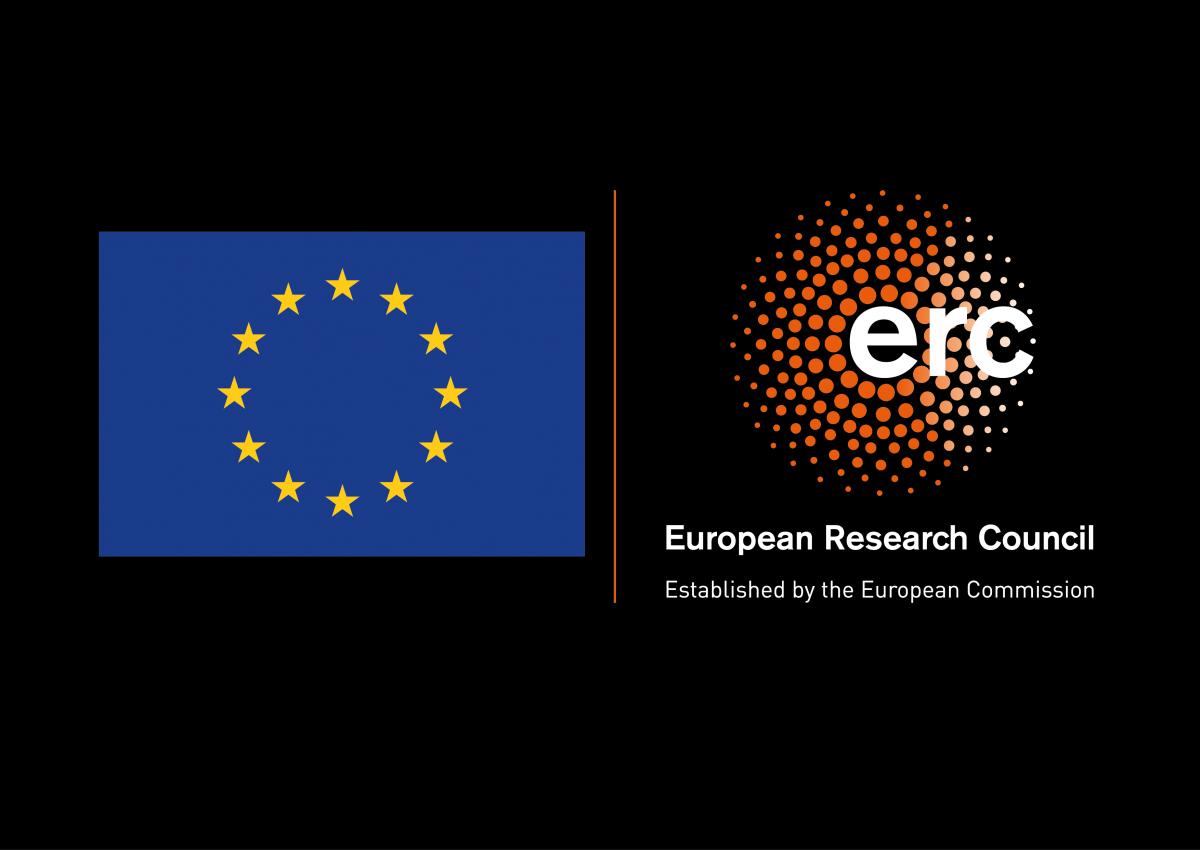

 https://orcid.org/0000-0002-2216-7712
https://orcid.org/0000-0002-2216-7712